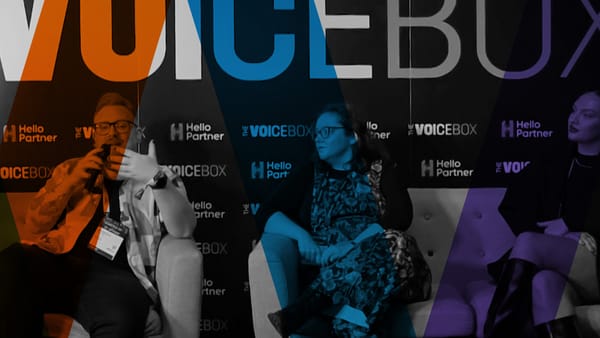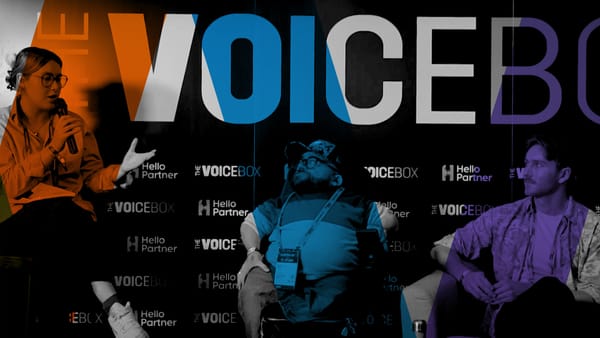When it comes to influencer marketing, it can be as simple as answering the question: would you rather own the content vs just ‘renting’ the influencer’s audience? According to a survey by Linqia, 78% of professionals surveyed said that determining the ROI of an influencer marketing program is their biggest challenge.
Outside of the simple definition, return on investment that brands or agencies are looking for could be sales, brand awareness, social media followers, website traffic, engagement, etc.
Every investment has a leap of faith in it, right? A belief that it will work and you take the risk. You put your money where your mouth is – whether that is something like gambling or exercising. There’s a gap between where you are and where you want to be – or in the case of influencer marketing, what you’re spending and the return on that spend.
So let me ask you this: if you could control the return on your investments, would you? If I said you can pre-determine the number of sales you receive before paying that influencer, would you pay them? Of course, you would.
How do we reduce the gap?
The likelihood of a strong ROI will exist when you have more power and control over the return then the influencer does. To get this, start with viewing influencer marketing through a proper lense. You can either view them as a creator or distributor. As a distributor: I’m looking at this influencer solely for their distribution and amplification of the content they create. As a creator: I’m viewing them solely as a professional creator of content. Why does that make a difference? If the amplification of this content becomes the solitary focus, then certainly the engagement and follower count of that individual influencer becomes most important. This is commonplace. Brands spend thousands of dollars on just that one audience without control of additional distribution. Either because they don’t have the rights to repurpose or they believe the organic audience alone is worth it. This is primarily because they are viewing influencers as purchasing an organic audience alone. Comparatively, looking at the influencer as a creator – I see them as more than just their audience, I see all the different platforms and marketing mediums. Now, I’m owning the distribution. This comes down to a core belief that you need to rally around: believe you can distribute the content much better and to more places than influencers can. Think about it – a brand has mediums such as email, website, and PDP pages, paid media advertisements, blogs, and other social media platforms. Figuring out your KPI’s before investing in influencer marketing is also important. If the organic play is most important for a particular campaign, creators are still an effective route to take. After all, social media works best when it’s a human speaking to another. The money is the influencer content and the stocks are the marketing mediums. Do you want to invest all your money in one stock or a diversified portfolio? From an influencer perspective, they should be focusing on content that produces results and then want to be rewarded for that. I understand the importance of organic engagement – the brand’s profile growth of Instagram followers to establish credibility is certainly important, but if I’m an influencer – I want to know that my content is actually making the brands I work with, money. How do you actually own creator content?
The straight forward answer is contractual. You want to contract the influencer to own the content they produce. This could be a period of 30-60 days or forever. At the very least you want to ‘rent’ the content for a period of time. If I’m a brand spending money on influencer content today, I advise you to get the ability to use this content elsewhere. So next time you contractually work with an influencer, make sure you have approval and usage rights. Overall, I used to work on the brand side. Brands are terrible at creating content. They spend too much money on big productions of photoshoots while influencers are the ones that create the best content in the most cost-effective way. When thinking about influencer marketing, forget about their content distribution: view them solely for their content creation. With this lens, you will only work with those who prove to produce great content. Over time, you will learn who gets you the greatest return outside of just likes on a post. This is the difference between owning the content versus just renting the influencer’s audience.








